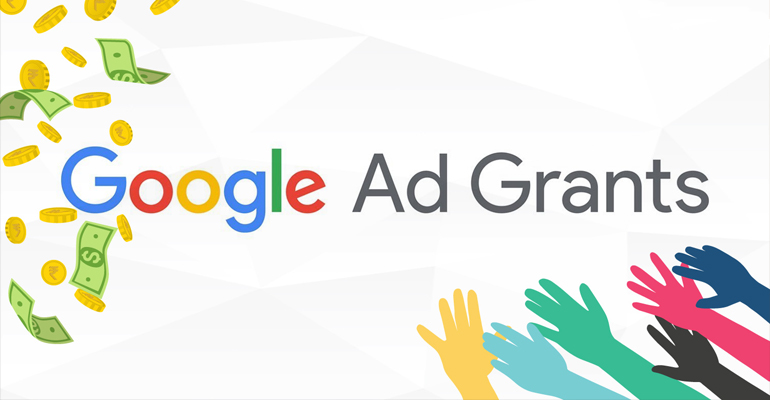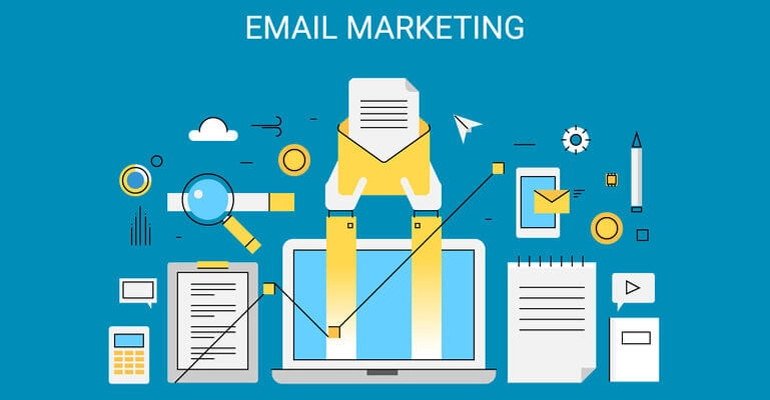In this competitive landscape, efficiently managing your nonprofit marketing budget is crucial. Nonprofits must maximize every dollar to make a meaningful impact. This guide will walk you through key strategies to optimize your nonprofit marketing budget, ensuring you achieve your goals without breaking the bank.
1. Understand Your Donors
Understanding your donors is the cornerstone of any successful nonprofit marketing strategy. Knowing their preferences, values, and motivations allows you to tailor your messaging effectively. Use surveys, social media insights, and donor feedback to gather this information. By aligning your efforts with donor interests, you can ensure that your nonprofit marketing budget is spent on initiatives that resonate with your audience.

Conducting thorough donor research involves segmenting your donors based on various criteria such as demographics, giving history, and engagement levels. This segmentation enables you to create targeted campaigns that speak directly to each group’s unique interests and motivations. Additionally, leveraging donor personas can help in visualizing and understanding the different types of supporters your organization has, further refining your marketing strategies.
2. Set Clear Goals
Having clear, specific goals for your marketing campaigns is essential. Whether you aim to increase awareness, boost donations, or enhance volunteer engagement, well-defined objectives will guide your strategy and budget allocation. With clear goals, you can measure success and make data-driven decisions to optimize your nonprofit marketing budget continually.
SMART goals (Specific, Measurable, Achievable, Relevant, Time-bound) provide a framework for setting clear and attainable objectives. For instance, instead of a vague goal like “increase donations,” a SMART goal would be “increase online donations by 20% over the next six months.” This specificity helps in tracking progress and making necessary adjustments to your marketing efforts. Regularly reviewing and updating your goals ensures that your marketing strategies remain aligned with your organization’s evolving needs and priorities.
3. Leverage Content Marketing
Content marketing is a cost-effective way to engage your audience and build your nonprofit’s reputation. Create valuable, relevant content that speaks to your donors’ interests and concerns. This can include blog posts, videos, infographics, and social media updates. By providing useful content, you can build trust and establish your nonprofit as a thought leader, all while staying within your marketing budget.

A robust content marketing strategy involves creating a content calendar that outlines the types of content you will produce, the channels you will use, and the schedule for publishing. This planning helps in maintaining a consistent presence and ensures that your content remains relevant and timely. Additionally, repurposing content across different platforms can maximize its reach and impact without incurring additional costs. For example, a blog post can be turned into a series of social media posts, an infographic, or a video, extending its lifespan and engagement potential.
4. Invest in Your Brand
A strong brand presence is vital for building trust and credibility with your audience. Investing in your brand might seem like a significant expense, but it pays off in the long run. Ensure your brand identity, including your logo, tagline, and messaging, is consistent across all channels. A well-defined brand helps donors feel confident in supporting your cause, making it a wise use of your nonprofit marketing budget.
Developing a compelling brand story that communicates your mission, vision, and values is crucial. This narrative should be consistently reflected in all your marketing materials, from your website and social media profiles to your fundraising campaigns and donor communications. Brand guidelines can help maintain this consistency by providing clear instructions on the use of logos, colors, fonts, and tone of voice. A strong, cohesive brand not only attracts donors but also fosters a sense of community and loyalty among your supporters.
5. Prioritize Donor Retention
Retaining existing donors is more cost-effective than acquiring new ones. Focus on strategies that enhance donor loyalty, such as personalized communication, regular updates on the impact of their donations, and exclusive events or recognition programs. By prioritizing donor retention, you can make the most of your nonprofit marketing budget and build a stable base of long-term supporters.

Personalization is key to donor retention. Use your donor data to tailor your communications, addressing donors by name and referencing their past contributions and involvement. Regularly updating donors on how their support is making a difference keeps them engaged and invested in your cause. Additionally, recognizing and appreciating your donors through thank-you notes, annual reports, and special events fosters a sense of belonging and encourages continued support. Implementing a donor stewardship plan that outlines these retention strategies can help ensure consistent and effective engagement with your supporters.
6. Craft Effective Calls-to-Action (CTAs)
Effective CTAs are crucial for encouraging your audience to take action, whether it’s donating, volunteering, or sharing your content. Use compelling language and clear instructions in your CTAs to guide your audience. Well-crafted CTAs can significantly improve the effectiveness of your marketing efforts, ensuring that your nonprofit marketing budget delivers the desired results.
To create compelling CTAs, focus on clarity and urgency. Use action-oriented language that clearly communicates what you want your audience to do, such as “Donate Now,” “Join Us,” or “Learn More.” Adding a sense of urgency, such as “Limited Time Offer” or “Act Now,” can prompt immediate responses. Additionally, ensure that your CTAs are prominently displayed and easily accessible on your website, emails, and social media posts. Testing different CTA designs, placements, and wording can help identify what works best for your audience and optimize your conversion rates.
7. Explore Google Ad Grants
Google Ad Grants can be a game-changer for nonprofits with limited marketing budgets. This program provides free advertising credits to eligible nonprofits, allowing them to promote their cause on Google Search. By utilizing Google Ad Grants, you can supplement your nonprofit marketing budget and reach a broader audience without additional costs. Make sure to meet the eligibility requirements and optimize your ad campaigns to maximize this valuable resource.
To make the most of Google Ad Grants, focus on creating targeted, relevant ads that align with your goals. Use specific keywords related to your cause and geographic location to reach your intended audience. Regularly monitoring and adjusting your campaigns based on performance data can help improve their effectiveness and ensure that you are making the most of the available credits. Additionally, combining Google Ad Grants with other digital marketing strategies, such as search engine optimization (SEO) and social media marketing, can further enhance your online presence and outreach.

A well-structured nonprofit marketing budget ensures efficient resource allocation and better planning for your organization’s success. By understanding your donors, setting clear goals, leveraging content marketing, investing in your brand, prioritizing donor retention, crafting effective CTAs, and exploring Google Ad Grants, you can optimize your nonprofit marketing budget and achieve your objectives.
Implementing these strategies will help you make the most of your nonprofit marketing budget, driving greater impact and success for your cause. Remember, every dollar saved is another dollar that can go toward making a difference.
Additional Tips for Nonprofit Marketing Budget Optimization
While the above strategies are essential, here are a few more tips to help you get the most out of your nonprofit marketing budget:
- Utilize Social Media: Social media platforms offer cost-effective ways to reach and engage with your audience. Regularly posting updates, stories, and events can help maintain interest and support for your nonprofit.
- Collaborate with Influencers: Partnering with influencers who share your values can amplify your message without a significant financial investment. Influencers can help spread the word about your cause to a broader audience.
- Measure and Analyze: Regularly track the performance of your marketing campaigns. Use tools like Google Analytics and social media insights to understand what’s working and what’s not. Adjust your strategy based on data to ensure your nonprofit marketing budget is used effectively.
- Engage Volunteers: Volunteers can be a valuable asset in your marketing efforts. They can help with content creation, event planning, and spreading the word about your cause, all at no cost to your budget.
- Apply for Grants and Awards: Many organizations offer grants and awards specifically for nonprofit marketing initiatives. Research and apply for these opportunities to supplement your budget and gain additional resources.
- Host Fundraising Events: Fundraising events are a great way to engage with your supporters while raising funds for your cause. Consider hosting both in-person and virtual events to reach a wider audience. Events like charity runs, auctions, and galas can generate significant revenue and provide opportunities for donor engagement. Utilize event management tools to streamline the planning process and ensure a smooth execution.
- Implement Email Marketing: Email marketing remains one of the most cost-effective ways to communicate with your supporters. Regularly sending out newsletters, updates, and appeals can keep your audience informed and engaged. Segmenting your email list based on donor behavior and preferences allows for more personalized communication, increasing the likelihood of responses and support.

By incorporating these additional tips, you can further enhance the effectiveness of your nonprofit marketing budget, ensuring that every dollar is used wisely and contributes to your mission’s success.
Optimizing your nonprofit marketing budget requires a strategic approach, creativity, and a deep understanding of your audience. By focusing on donor retention, leveraging cost-effective marketing channels, and continuously measuring your efforts, you can maximize your impact and drive your nonprofit’s success. Remember, a well-optimized nonprofit marketing budget is not just about saving money but about making a meaningful difference in the lives of those you serve.



